Territorial Papers of the United States: A Genealogical Goldmine
The Territorial Papers of the United States are the best-known source of territorial records. The published twenty-eight-volume set of transcribed, indexed, and annotated documents pertaining to the administration of some of the territories of the US covers the Old Northwest, the Southeast, and Midwest: Before a state became state, it was a territory with an appointed territorial governor along a territorial legislature and other governmental offices. And where there is government, there is paperwork: listings of officials, petitions to the government, correspondence of the territorial governor, letters back and forth among governmental officials, slavery issues, Native American affairs, etc. Some History For years, these records were ignored and just housed in various agencies (Department of State, Library of Congress, the then-Department of War, etc.) until the 1911 publication of the Calendar of Papers in Washington Archives of the United States (to 1873) by David W. Parker. The preface to this work laments the...



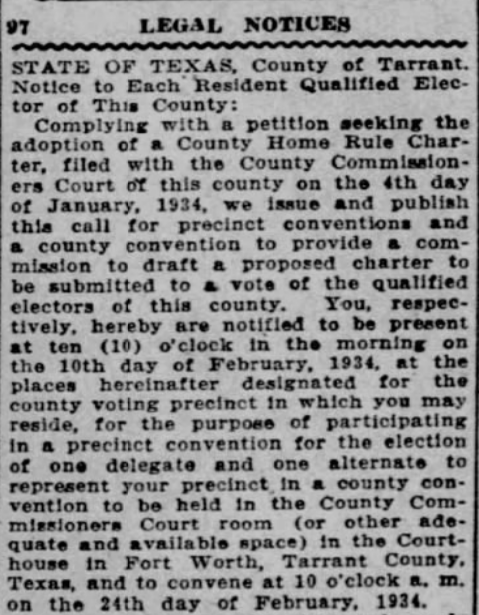
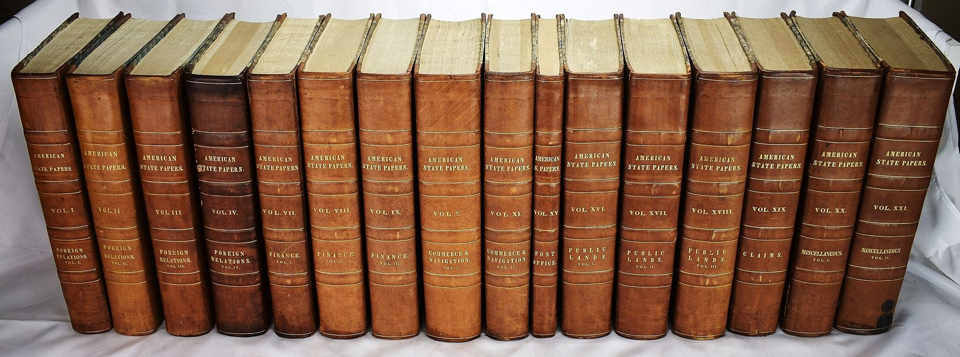
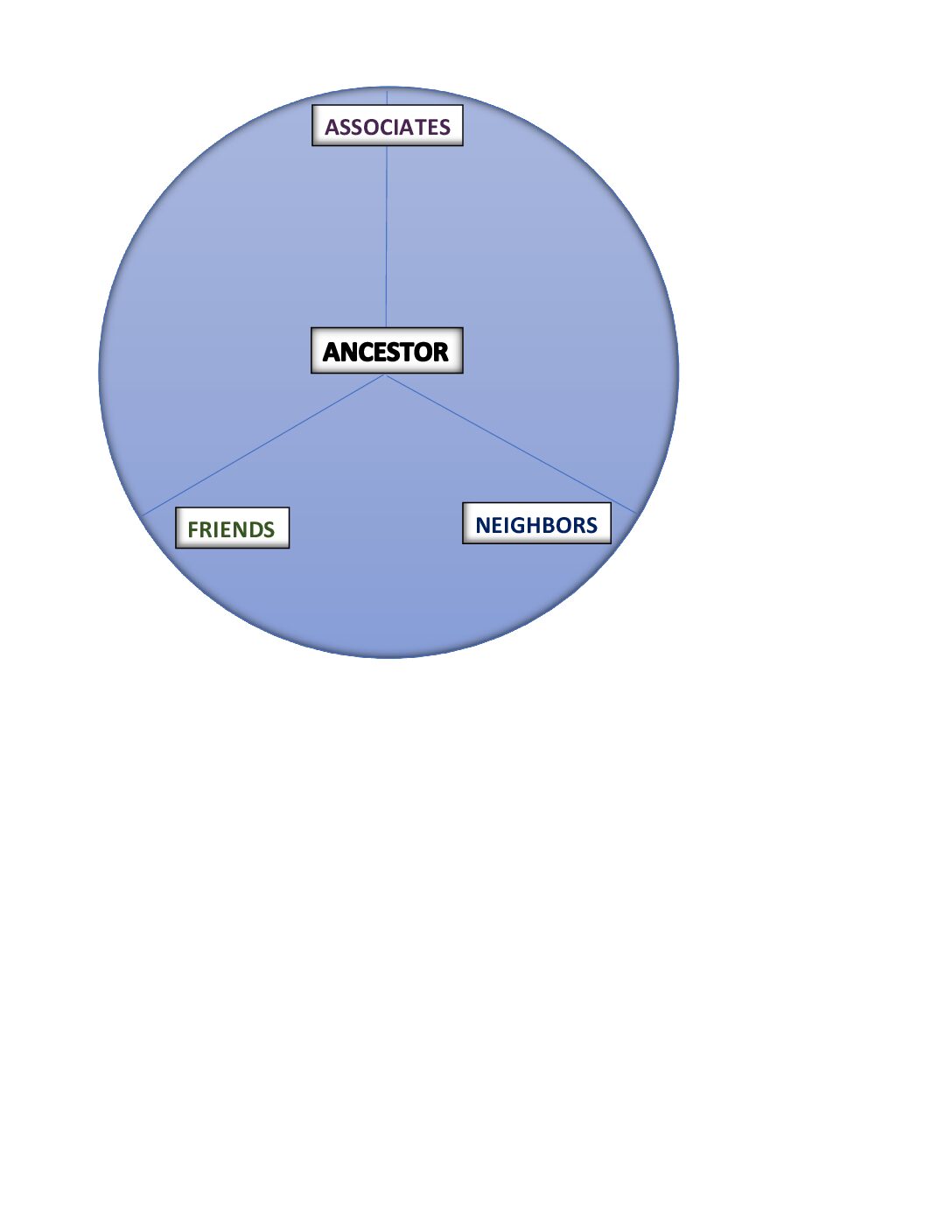
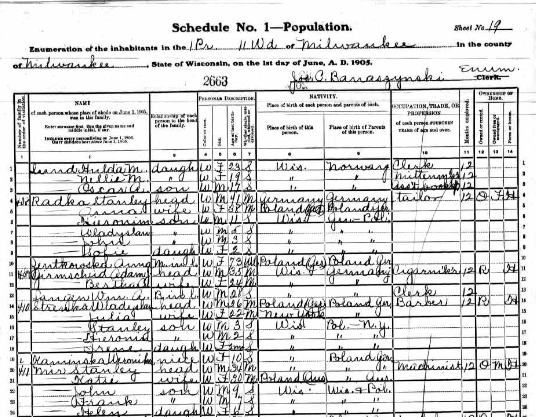
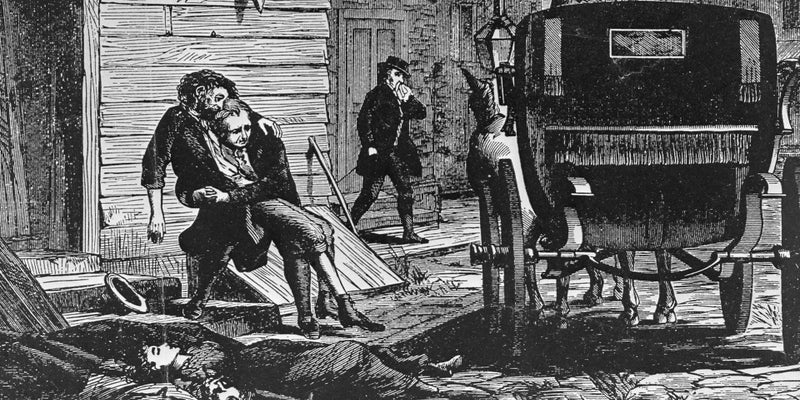
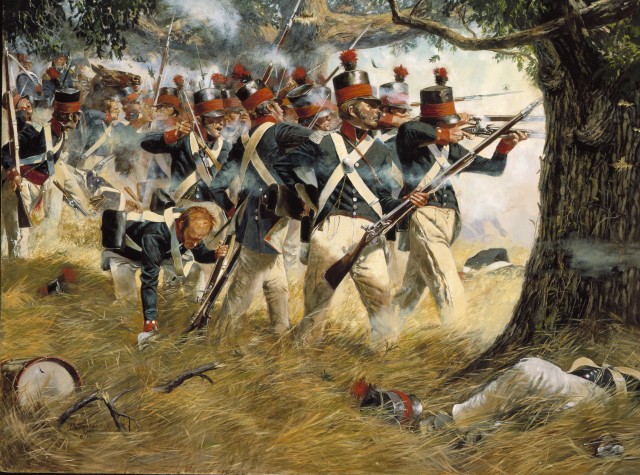
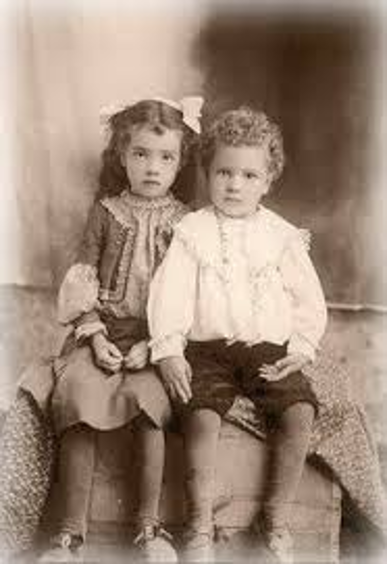
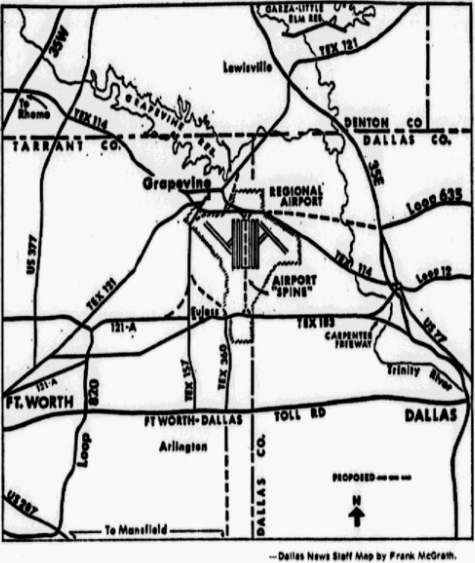
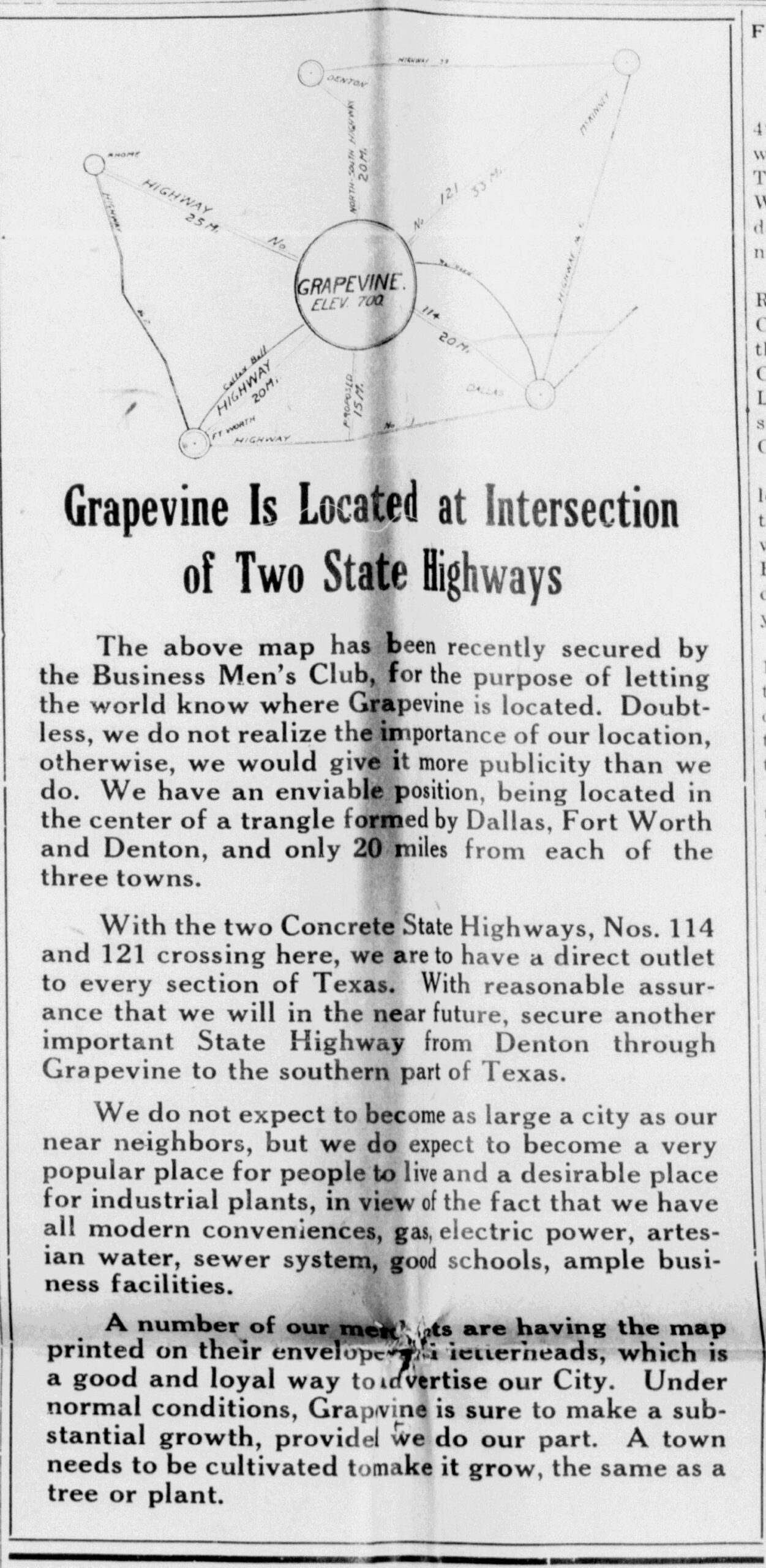
Recent Comments